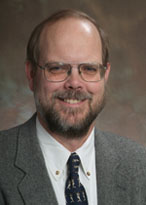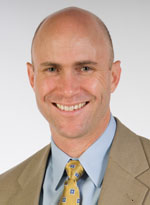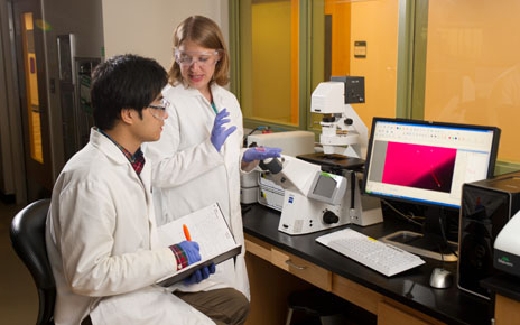The field of regenerative medicine has grown considerably since its early days, and recent evolution of this research specialty at Emory reflects this change. The entity known formerly as the Georgia Tech/Emory Center for the Engineering of Living Tissues, which was founded in 1998 with funding from the National Science Foundation, laid the foundation for what is now the Emory/Georgia Tech Regenerative Engineering and Medicine Center, supported with investment from the two universities.
The new center is more than just a name change, says W. Robert Taylor, co-director of the center and director of the division of cardiology in the medical school. Its mission and strategy reflect the new demands of interdisciplinary research in regenerative medicine.
"Regenerative medicine has exploded over the past 15 years, and we've had a change in mindset in that time," says Taylor, who is also the Marcus Chair in Vascular Medicine. "We used to be focused just on growing cells and building tissue. The theme of regenerative medicine now is harnessing your own cells to repair themselves. Today, we know that we can repair cardiac cells and even repair or replace blood vessels. We used to give a drug to stop a disease, but now we are looking at how to repair the damaged tissue. Aging itself is a failure of repair."
 |  | ||
| W. Robert Taylor | Robert Guldberg | ||
In its previous iteration, the center had its share of success—since 1998, 15 technologies have been licensed, 13 startup companies have been formed, and three clinical trials have gotten under way. But Taylor and co-director Robert Guldberg, mechanical engineering professor and director of the Petit Institute for Bioengineering and Bioscience at Georgia Tech, wanted to encourage the formation of new research teams. Hence the new center and flurry of new initiatives. Late last year, the center awarded 11 seed grants for promising new research in how the body can harness its own potential to heal.
"These grants range from translational to basic science research," Taylor says. "We had a retreat back in the fall attended by more than 100 people. I think those who attended were surprised to see the breadth of expertise available to them—biomaterial researchers, clinicians from every discipline, biologists. Regenerative medicine is the ultimate poster child for the practice of interdisciplinary medicine."
One such grant went to a team from Georgia Tech, Emory, and Morehouse College made up of stem cell biologists, stem cell engineers, and a surgeon. The team wants to improve the quality of stem cells taken from bone marrow of people with critical limb ischemia to prevent amputation.
"Mesenchymal stem cells derived from the bone marrow of healthy people have been shown to support new blood vessel growth and help re-establish blood flow to the affected area, but the quality of these cells in people with critical limb ischemia is poor because of the typical patient's age and medical condition," says Emory surgeon Luke Brewster.
Other researchers are working on new therapies for arthritis, new ways to regenerate cardiac muscle, and techniques to plant genetically engineered cells in melanoma tumors to limit the growth of blood vessels to starve the tumor.
The center also hopes to encourage new research collaborations with its annual conference. This year's conference, "Technologies Enabling Novel Therapies," is March 20-23.

